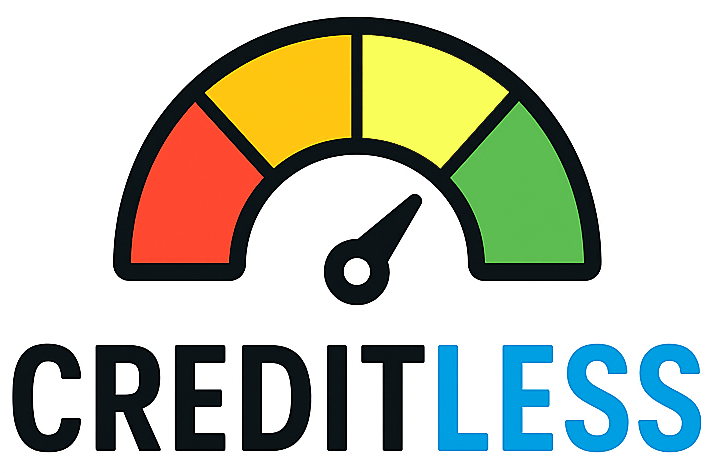Introduction — Why BNPL and Alternative Data Matter Now
Buy Now, Pay Later (BNPL) services are now a mainstream payment option for millions of consumers — and the way BNPL activity is treated by credit bureaus, scoring vendors and regulators is changing quickly. That matters because historically most short-term BNPL plans didn’t appear on consumer credit reports, so on-time payments didn’t help scores while missed payments could still cause trouble if accounts were sent to collections.
This article explains the current landscape (who reports what), the policy and scoring developments to watch, practical risks, and concrete steps you can take to use BNPL responsibly if your goal is to protect — or potentially build — credit.
Where BNPL and Alternative Data Currently Stand
Not all BNPL providers report the same way — or at all. In 2025 some major BNPL firms began sharing more payment data with the consumer reporting agencies, while others continue to limit reporting (or only report longer-term, interest-bearing plans). For example, Affirm announced plans to share broader pay-over-time information with Experian and TransUnion, a notable shift in transparency that could make many BNPL installments visible to bureaus.
Regulators and scoring vendors are responding. The Consumer Financial Protection Bureau (CFPB) adopted rules and interpretive guidance in 2024–2025 to bring certain BNPL practices closer to credit-card-style consumer protections, and major scoring firms — including FICO — have studied BNPL data and signaled new models that can incorporate BNPL performance without misclassifying short-term plans. At the same time, some BNPL firms have expressed reluctance to report until they’re confident bureau algorithms and scoring treatments will reflect responsible behavior rather than penalize users.
Why this matters: when BNPL payments are reported and scored properly they can act like other installment credit and help thin-file or credit-marginal consumers demonstrate timely repayment behavior; when they’re reported as delinquencies or are sold to collection agencies they can harm credit. Policy decisions and how bureaus ingest BNPL data will determine which of those outcomes is most common.
Risks, Trade-offs and Practical Guidance
Key risks to understand
- Reporting inconsistency: Some providers report some products (longer-term loans) but not short "pay-in-4" plans; that makes the credit benefit patchy and unpredictable.
- Collections and credit damage: If a BNPL account goes delinquent and is placed with a collections vendor that reports, it can appear on your file and harm scores even if the provider itself doesn’t regularly report.
- Underwriting visibility: Even when BNPL is reported it may not immediately be included in lender-facing reports or legacy scoring models — though that is changing as scoring vendors roll out BNPL-aware models. Lenders may also discover BNPL obligations via bank statements during underwriting, which can affect mortgage or loan decisions.
How responsible BNPL use could help (and how to tilt outcomes in your favor)
If your BNPL provider reports positive payment behavior in a way that bureaus and scoring models accept, on-time payments can serve as a form of alternative data showing you can manage installment credit. But that positive outcome is not automatic — it depends on three things: (1) the provider reports positive payments as tradelines or bureau-friendly signals; (2) the bureaus include that data in consumer reports lenders see; and (3) scoring models treat the entries as evidence of repayment rather than as problematic revolving activity.
Practical checklist — Using BNPL responsibly if you want credit benefits
- Confirm reporting: Ask the provider whether they report positive payments (not just delinquencies) and to which bureaus. Prefer providers that explicitly report on-time installment performance.
- Read product detail: Distinguish short "pay-in-4/pay-in-30" plans from longer-term installment loans; the latter are likelier to be reported as tradelines.
- Automate payments: Set up autopay or calendar reminders to avoid missed payments and collection placement.
- Limit the number of active BNPL plans: Multiple open BNPL accounts can look like extra available credit or repayment obligations on some underwriting systems.
- Use BNPL as part of a broader strategy: Combine BNPL (when it reports) with established credit-building tools — secured cards, credit-builder loans, or rent/utilities reporting — rather than relying on BNPL alone.
- Monitor your reports: Regularly check Experian, TransUnion and Equifax (where entries appear) so you know if and how BNPL activity shows up, and dispute errors promptly.
Bottom line: Responsible BNPL use can potentially help build credit for thin-file consumers as alternative data and scoring models evolve, but the benefit depends on product design, provider reporting choices, bureau ingestion, and scoring treatment. Until reporting and scoring are consistent across providers and bureaus, BNPL should be used carefully and not as a sole credit-building strategy.
